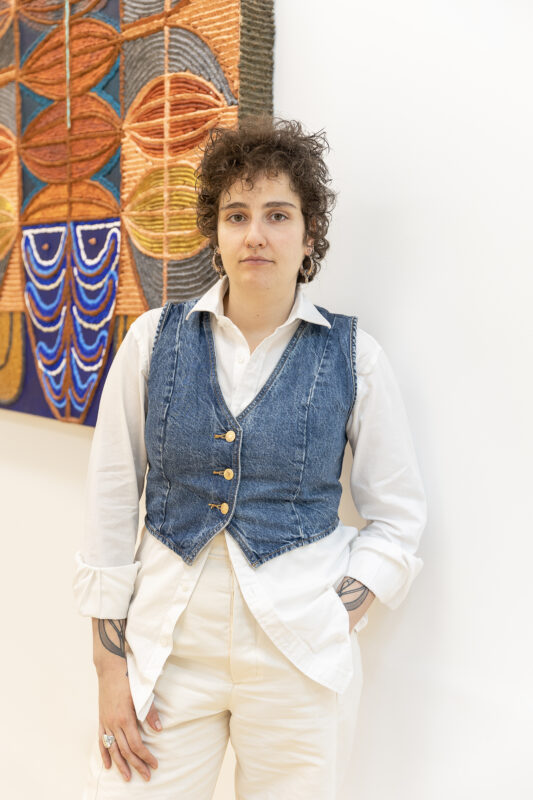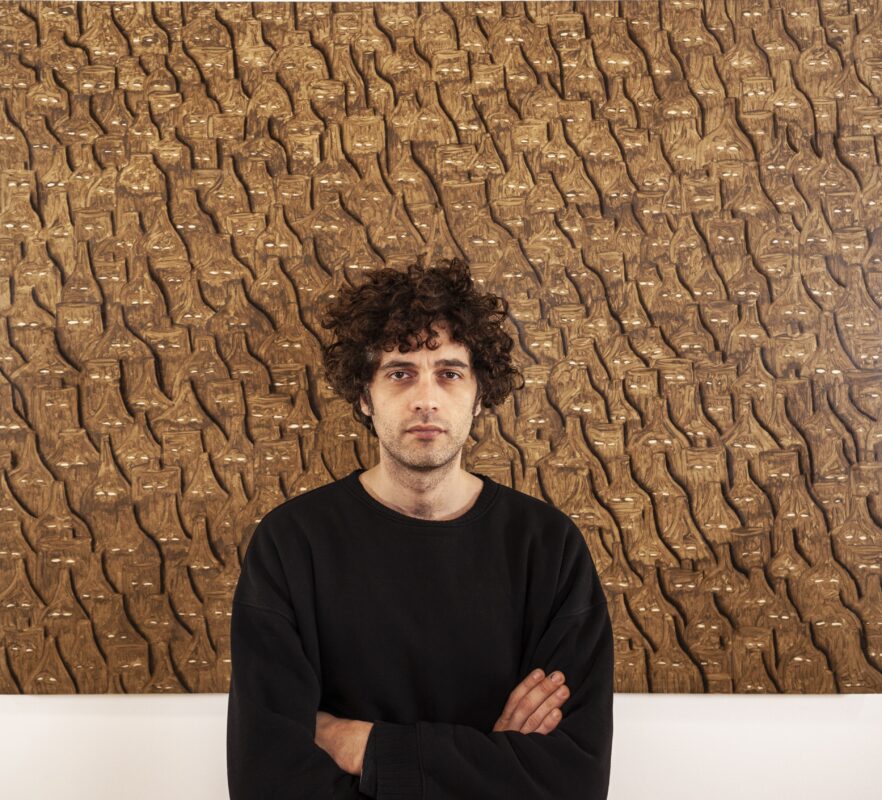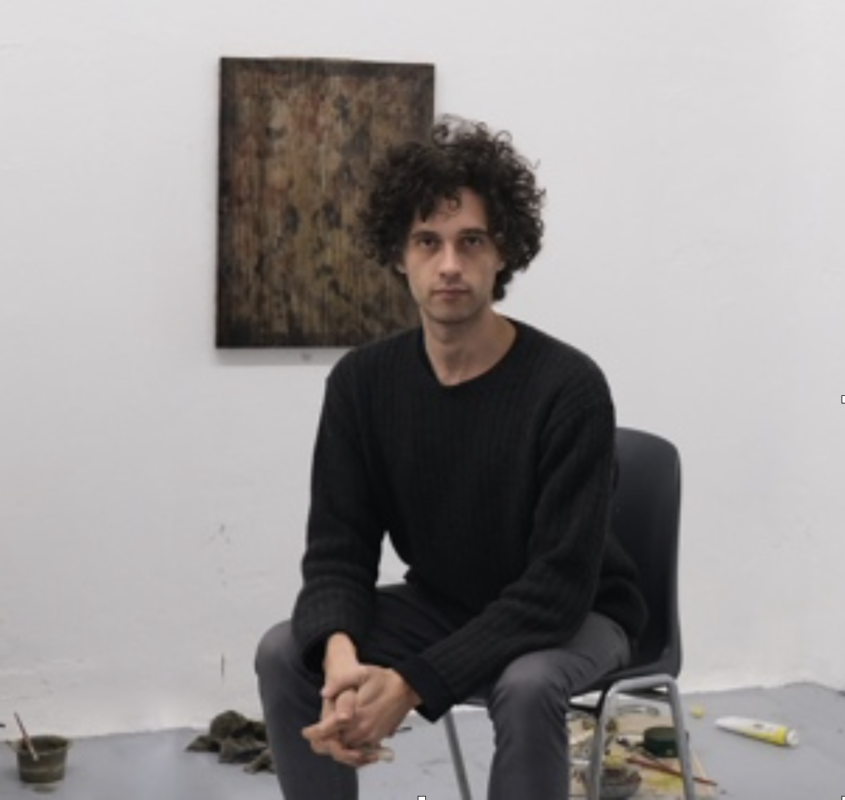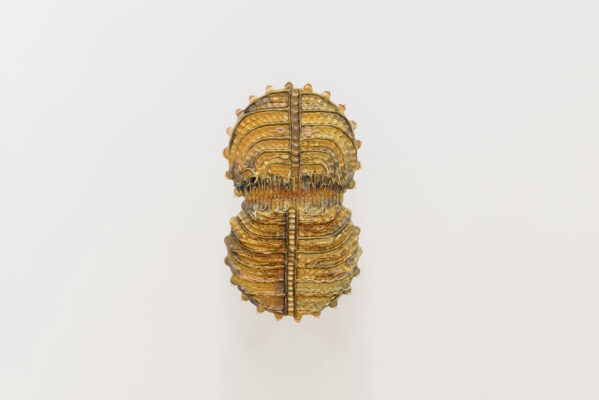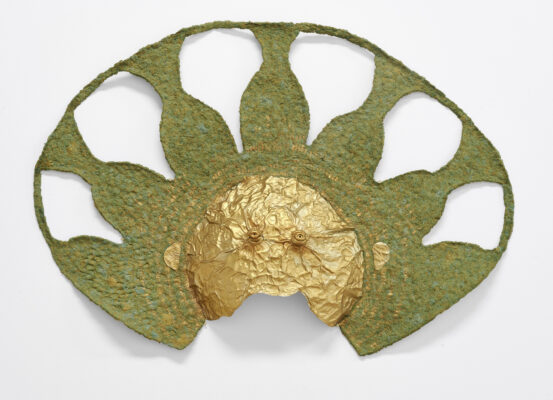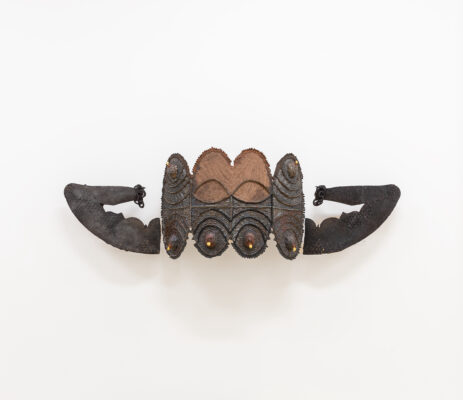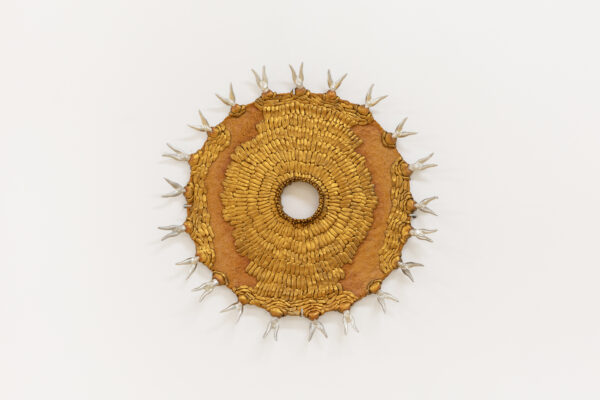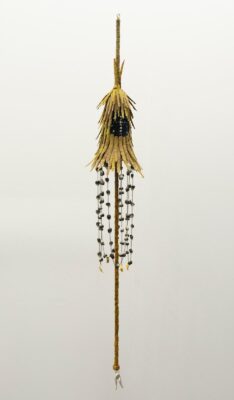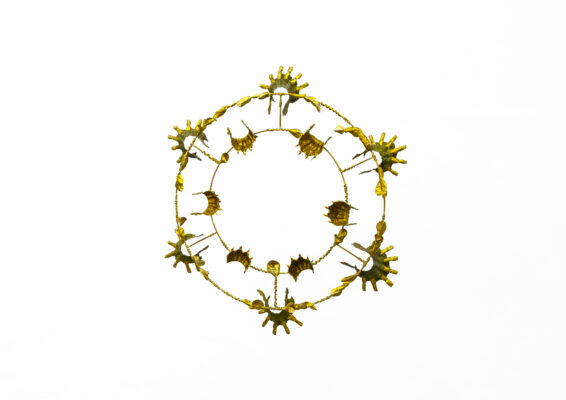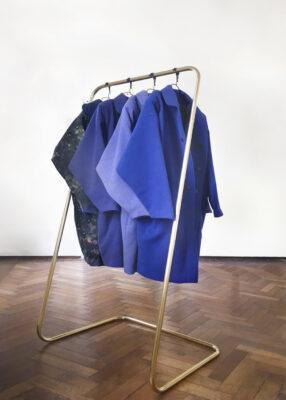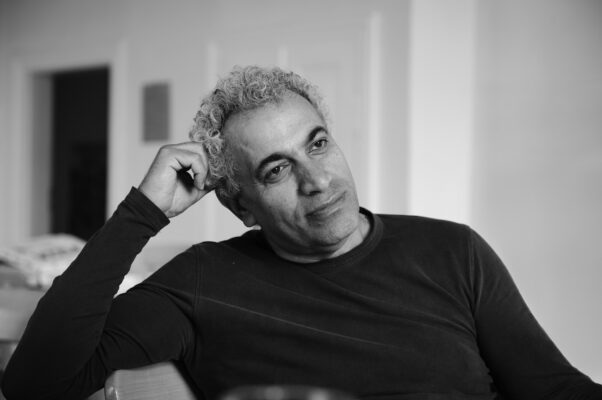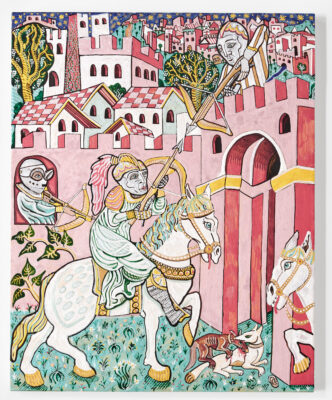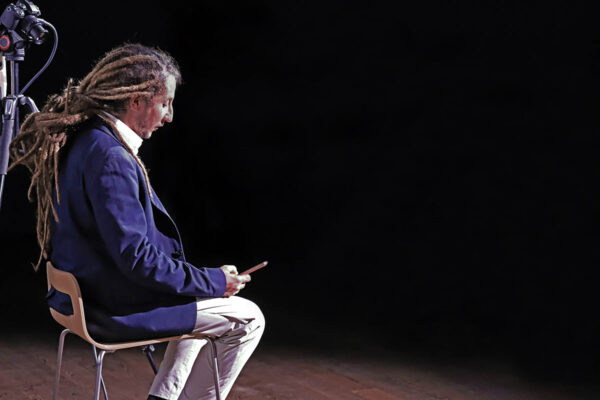BIO
Maria Positano
Maria Positano (1995) is a visual artist living between Italy and London.
Her works have been featured in art institutions internationally. She has completed
her education in London, where she graduated from City and Guilds of London Art School in 2018 and the Royal College of Art in 2023. In 2024, she was awarded the Gilbert Bayes Award from The Royal Society of Sculptors in London, furthermore, in 2023 the artist won the AiR Award at South Thames Colleges Group, London, UK.
Maria has been invited to take part in various international artist residency programs, a few examples include: StudioBlock M74, Mexico City, MX; ViaFarini.org in Milan, IT; JETLeg, Munich, GE. Notable recent exhibitions include: Il Peso del Vuoto, MARec – Museo dell’Arte
Recuperata, San Severino nelle Marche (2024); Not from this place, Nashira Gallery, Milan (2024); Studio Responses #4, Saatchi Gallery, London (2024); Matter, Flowers Gallery, London (2023); Beyond the Matter, Galerie Der Kunstler*Innen, Munich (2023); A perfect place, Studio Block M74, Mexico City (2022); Identity, CAA Art Museum, Hangzhou, CN (2021).
Drawing from her upbringing as a Third Culture Kid, the artist makes work from a sense of cross-cultural kinship, supported by her nomadic lifestyle and often on the move practice. For this reason Maria’s work often is expansive and includes a variety of materials and formats. Her polymorphic work invites new interpretations of protective and defensive devices, reframing histories of violence into practices of human transformation.
Major solo exhibitions: Not from this place, Nashira Gallery, Milan (2024); A perfect place, Studio Block M74, Mexico City (2022); Take me Somewhere Nice, Lockbund Gallery, Oxfordshire (2020); Making Meaning, Subsidiary Project, London (2018).
Major group exhibitions: Il Peso del Vuoto, MARec – Museo dell’Arte Recuperata, San Severino nelle Marche (2024); Studio Responses #4, Saatchi Gallery, London (2023); Matter, Flowers Gallery, London (2023); Nascosti alla luce del sole, Nashira Gallery, Milan (2023); Felt cute, might delete later, Arusha Gallery, London (2023); Beyond the matter, Galerie Der Kunsler Innen, Munich (2023); Soft Monuments, Frestonian Gallery, London (2023); 2for1, Thorp Stavri & Haze x Hyphastudios, London (2023); Hung Drawn Quartered, Staffordshire St Studios, London (2023); The Appearance Formula, Andrea Festa Fine Art, Rome (2022); La Camaleona, Galeria 54, Mexico City (2022); One By One, Fiumano Clase, London (2022); Discoveries 2020 – The Biting Point, Fiumano Clase, London (2020).
Statement
Maria Positano’s practice features sculpture, installation and two dimensional work. She often starts working by looking at Greco-Roman armour suits: with particular interest in the current dynamics of warfare, armour is seen as its prototype and is used by the artist to comment on its inherent values.
Historically, armour has been associated with militarism and conquest, symbolising the power and authority of those who possess it. In the context of gender dynamics, this metaphor reflects on the ways in which patriarchal structures perpetuate violence and subjugation, reinforcing hierarchies of power and privilege. The artist believes that challenging and dismantling the metaphorical armour requires addressing the underlying values that it embodies.
By crafting armour from paper pulp and up cycled fabrics and clay, Maria Positano subverts expectations of strength and durability associated with conventional armour, furthermore treating the surface to age the materials, making them feel fragile. Instead of relying on physical toughness, the wearer must rely on alternative forms of resilience and adaptability. These body-like hybrids can be seen as different declinations of the artist’s individuality.
By queering materials Positano is reimagining connotations and uses of ordinary armours in order to challenge narratives, reinterpreting the meanings and symbolism associated with those materials, all the while creating seductive material illusions.
Paper, typically associated with fragility and temporality, is transformed into a form of protection, inviting a revaluation of what constitutes strength and resilience, challenging binary notions of vulnerability and invulnerability. These ‘reversed armours’ become anthropomorphic bodies and are often gender ambiguous: breasts and legs become protection and armour, reconfiguring the body anatomy itself.
The artist sees this practice as a metaphorical exploration of authenticity, vulnerability, and resistance, inviting individuals to assert their identity and reclaim their narratives in the world.
Maria Positano works on a sense of humanity, aiming for the viewer to experience the sculptures through their body image, that often encourages through mirroring the scale of the body itself.
